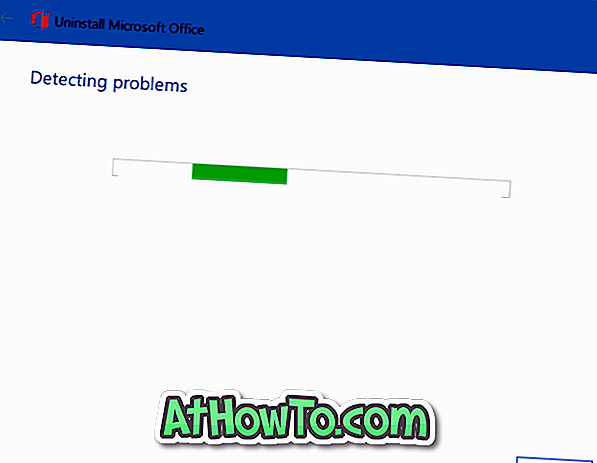

Run the following command to remove the Hyper-V feature from Windows 10:ĭisable-WindowsOptionalFeature -Online -FeatureName Microsoft-Hyper-V-Allĭo you want to restart the computer to complete this operation now? You should open PowerShell with administrative privileges (type PowerShell in the Start menu, right click PowerShell and click Run as administrator just as you do to run CMD). Now it is time to uninstall Hyper-V in Windows 10 by using the command line.The needed information is located in the System Summary section in the bottom of the item list. As an alternative, you can run msinfo32.exe to check whether Hyper-V is uninstalled in the GUI.Features required for Hyper-V will not be displayed. If Hyper-V is installed, you should see the following message in the Hyper-V Requirements line:Ī hypervisor has been detected.

If Hyper-V is not installed, you can see in the Hyper-V requirements section the names of technologies required to install Hyper-V and the status of their availability on the machine.Run systeminfo to check whether Hyper-V is installed.Open the Windows Start menu, type cmd, right click the cmd entry, and click Run as administrator. Open the command line (CMD) as administrator.Check the Hyper-V installation status in the command line before you start to uninstall Hyper-V and after you uninstall Hyper-V to make sure that this hypervisor is removed from your Windows system.

At the end of this workflow you get the same result as for the method explained in the previous section when using the graphical user interface (GUI). You can uninstall Hyper-V in the command line interface (CLI). How to Uninstall Hyper-V in the Command Prompt of Windows 10

Hit OK to save settings and start the Hyper-V uninstallation process. Make sure that checkboxes in Hyper-V subfolders are deselected. In the Windows Features window that opens, deselect the Hyper-V checkbox.Click Turn Windows features on or off in the Control Panel window.In the Run field, type appwiz.cpl and press Enter. Press the Win+X combination on your keyboard, and, in the menu that opens, click Control Panel. There are two alternative methods to open Control Panel. Click Start, type Control Panel, and open Control Panel.Let me explain the workflow step by step. As a result, the Hyper-V feature is uninstalled completely. Using the Control Panel to uninstall Hyper-V is the most convenient method and is preferred by most Windows 10 users. DISCOVER SOLUTION How to Uninstall Hyper-V in Control Panel of Windows 10


 0 kommentar(er)
0 kommentar(er)
